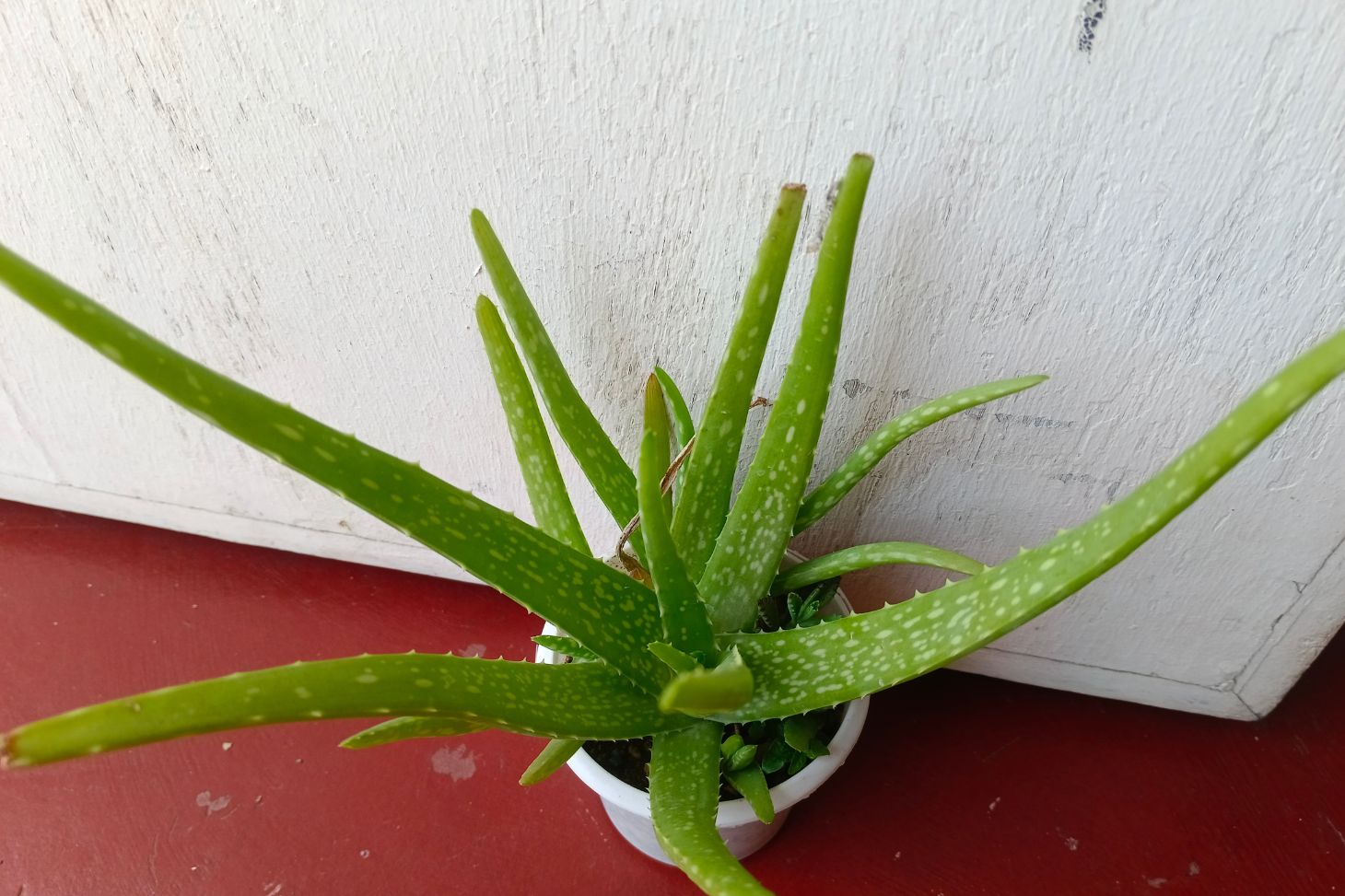How to Use an Aloe Plant
Aloe plants are amazing natural healers that have been used for thousands of years. These spiky succulents are easy to grow at home and pack a powerful punch when it comes to skincare and health benefits. To use an aloe plant, simply cut off a mature leaf, slice it open, and scoop out the clear gel inside. This gel can be applied directly to your skin or mixed into homemade beauty products.
Growing your own aloe is simple and rewarding. These hardy plants thrive in sunny spots with well-draining soil. Water them sparingly and watch them flourish. When you need some aloe gel, just snip off an outer leaf close to the base. Fresh aloe works great for soothing minor burns, cuts, and skin irritations.
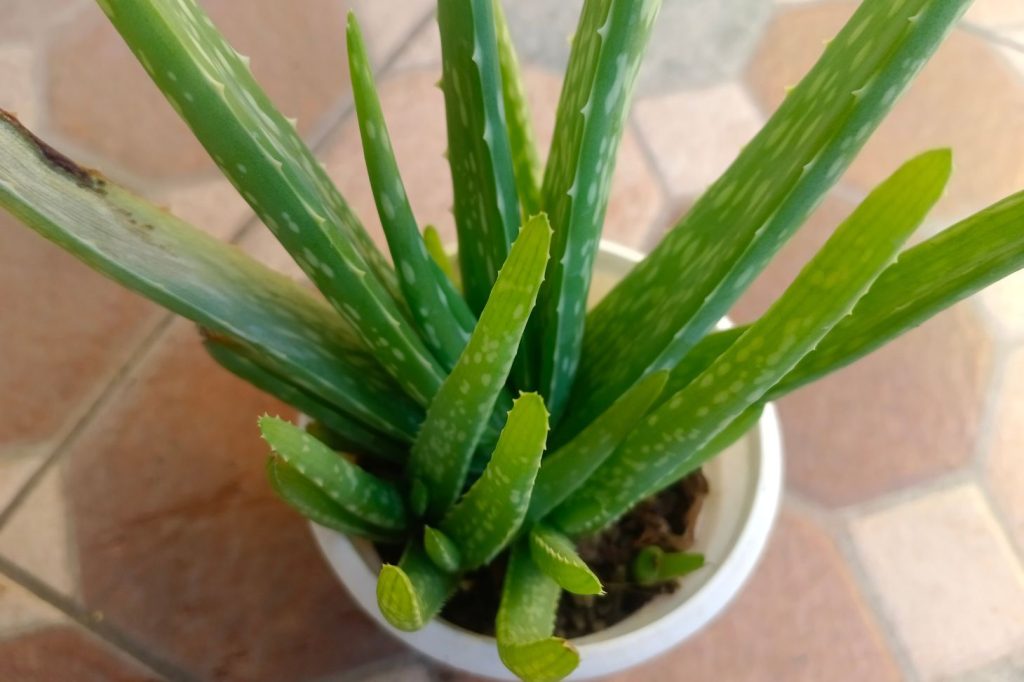
Aloe vera isn’t just for your skin though. You can also add the gel to smoothies or drinks for a nutritional boost. Some people even use it to make hair masks or as a natural laxative. Just be sure to use it in moderation and check with your doctor if you have any concerns.
Key Takeaways
- Cut a leaf and scoop out the gel to use aloe vera directly on your skin
- Grow aloe plants in sunny spots with well-draining soil and minimal watering
- Use aloe gel for burns, skin irritation, hair care, and as a dietary supplement
Growing and Caring for Your Aloe Plant
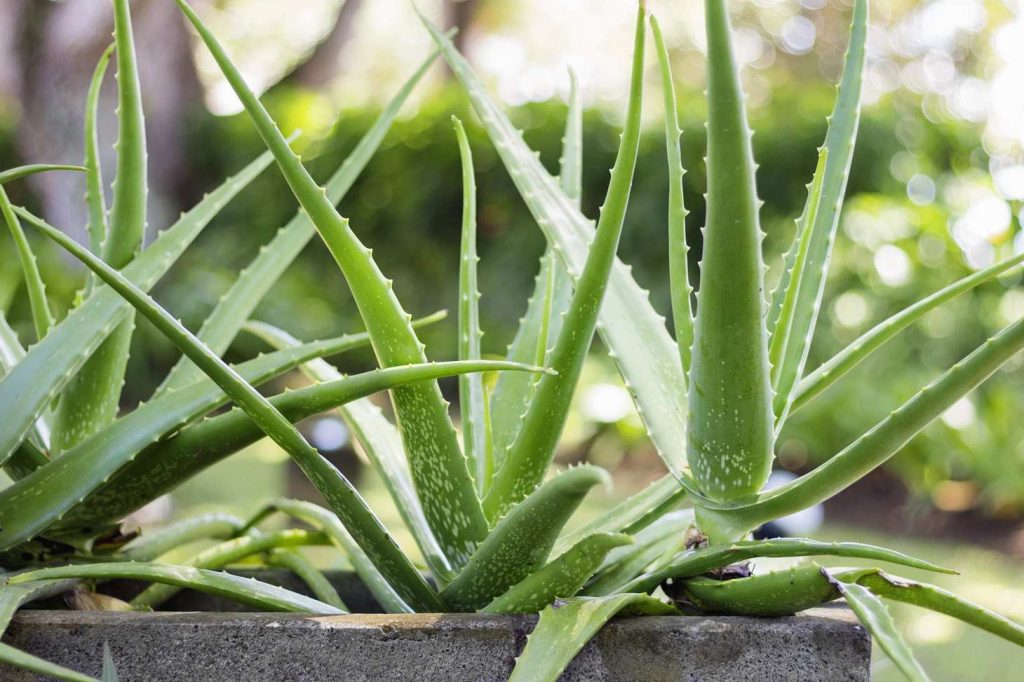
Aloe plants are easy to grow and care for. They need the right light, water, and a little attention to thrive. Here’s how to keep your aloe happy and healthy.
Providing Optimal Sunlight and Water
Aloe plants love bright, indirect sunlight. Put yours near a west or south-facing window. Too much direct sun can burn the leaves, so use sheer curtains if needed.
Water your aloe every 2-3 weeks during growing season. Let the soil dry out between waterings. Stick your finger 2 inches into the soil. If it’s dry, it’s time to water.
Pour water slowly until it comes out the drainage holes. Empty the saucer so the plant doesn’t sit in water. Aloes don’t like wet feet!
In winter, water less often. Once a month is usually enough. Your aloe will go dormant and need less moisture.
Understanding Aloe Plant Pups
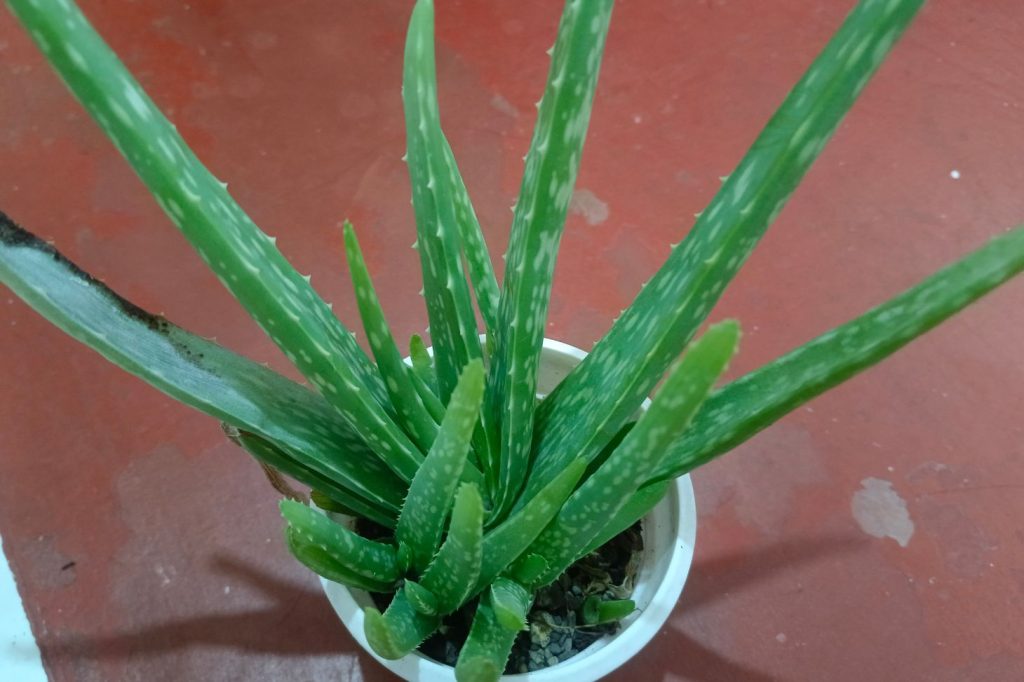
Aloe plants make babies called “pups.” These little plants grow from the base of the mother plant. When pups are a few inches tall, you can separate them.
Once you’ve removed the aloe vera plant from its container, gently detach the offshoots or pups. For pups with established roots, carefully loosen the soil around them and separate them with your fingers, being mindful of the delicate root system.
If a pup lacks roots, use a clean, sharp knife to cut it away from the main plant, ensuring the pup retains as much of its stem as possible. Return the parent plant to its original pot. Pups that already have roots can be planted immediately.
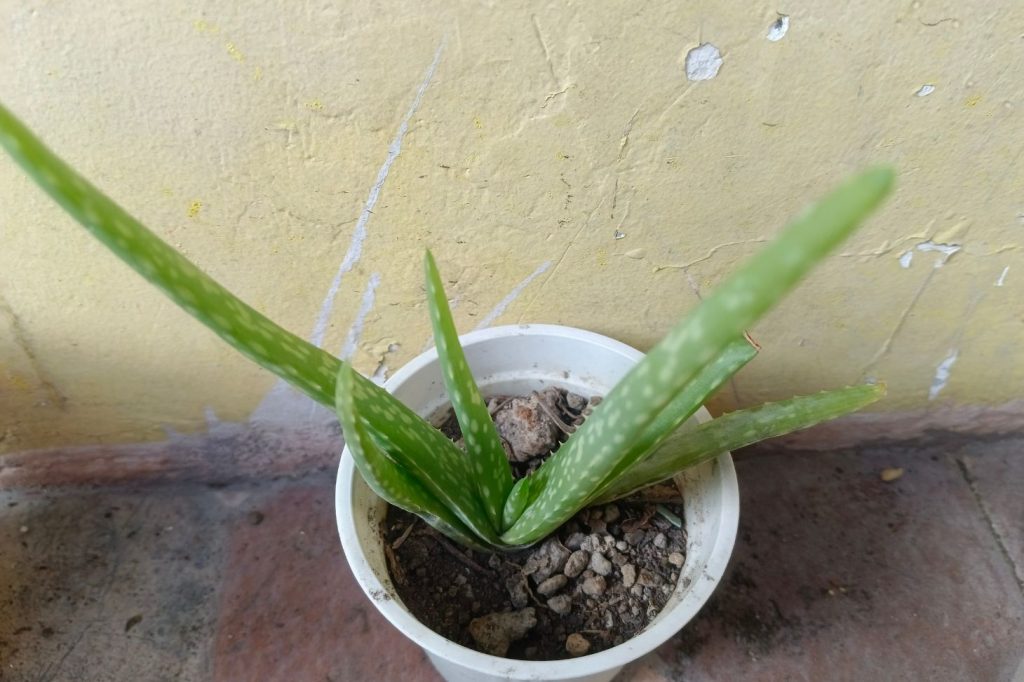
Rootless pups require a little extra care to develop a protective callus, which is crucial for preventing rot. Set these pups on a small plate and keep them in a cool, dark location for one to two days. This allows the cut stem to form a callus. Then plant the pup in its own pot with a well-draining succulent mix.
Wait a week before watering your new aloe baby. This gives it time to settle in. After that, care for it just like your adult aloe.
Removing pups helps your main aloe plant stay healthy. It also gives you more aloes to enjoy or share with friends!
Preventing Common Aloe Plant Issues
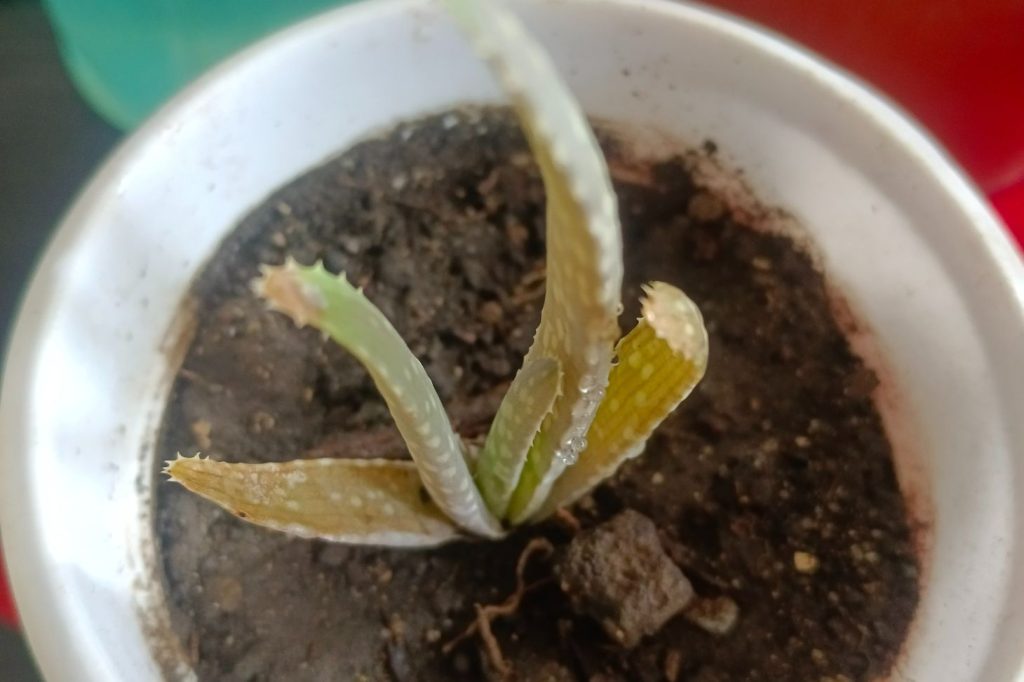
Overwatering is the biggest problem for aloe plants. It can cause root rot. Signs include soft, mushy leaves or brown leaf tips.
If you see these signs, cut back on watering. Make sure your pot has drainage holes. You might need to repot in fresh, dry soil. You could make your own soil mix, but finding the right ingredients and getting the balance right can be a hassle.
Why bother when our succulent soil is perfectly formulated for aloe? It has everything your plant needs for healthy growth and drainage, pre-mixed and ready to use. Skip the DIY mess and give your aloe the best! Ready to buy our soil?
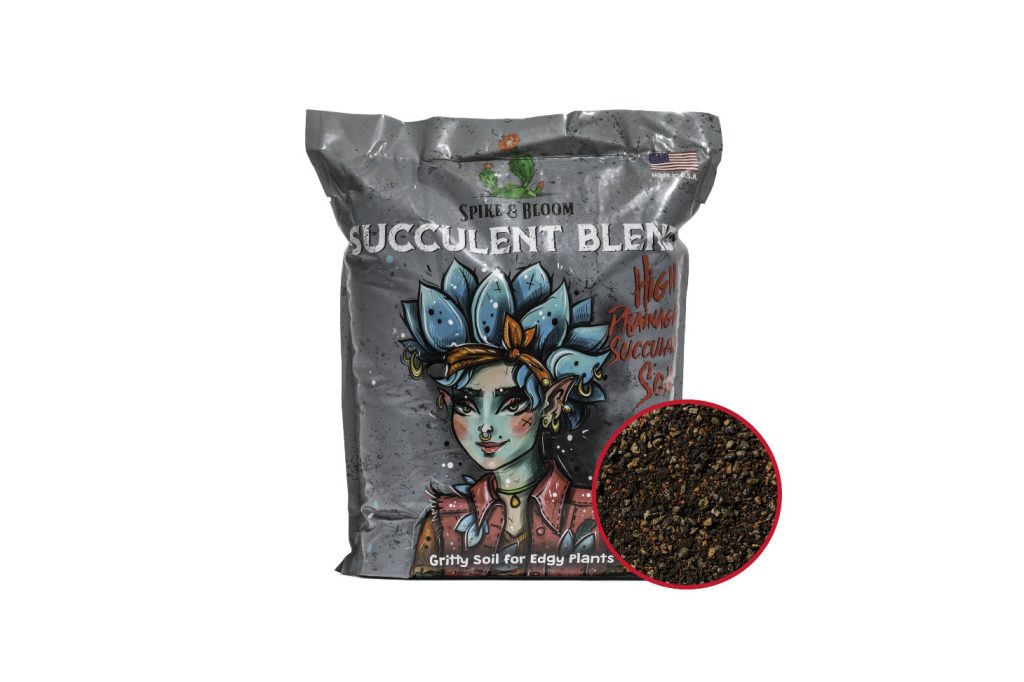
Leggy growth means your aloe needs more light. Move it to a brighter spot. Turn the pot every few weeks so all sides get light.
Pests like mealybugs can attack aloes. Look for white, fuzzy spots on leaves. Wipe them off with rubbing alcohol on a cotton swab.
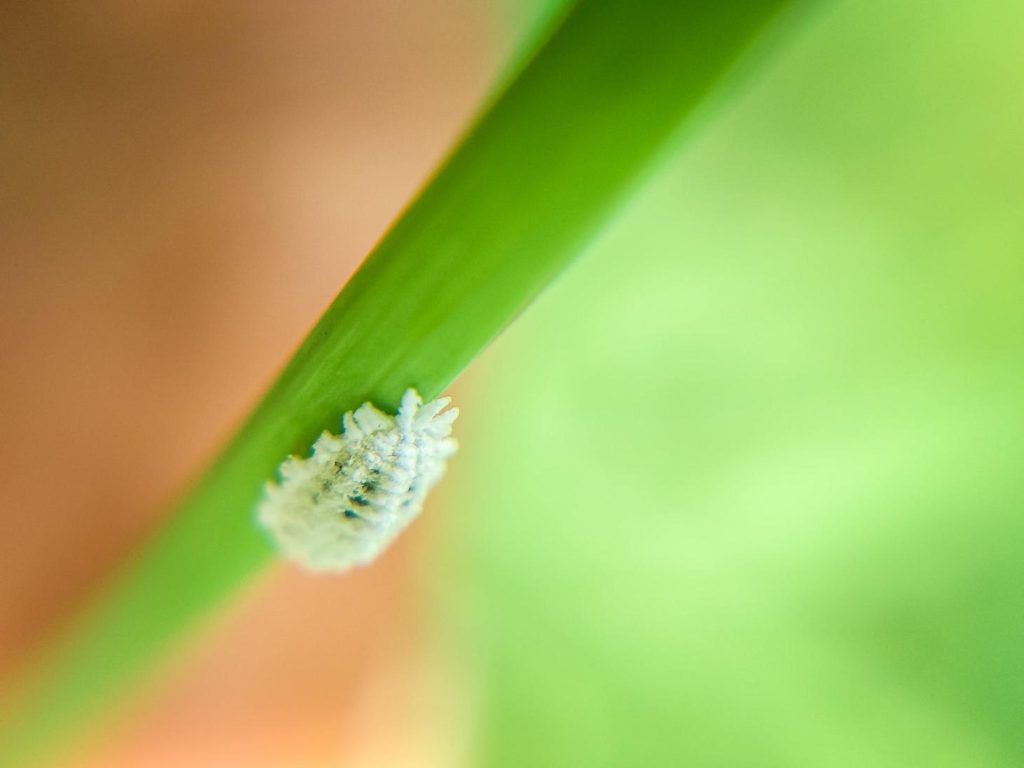
With the right care, your aloe will stay healthy and beautiful for years to come!
Harvesting Aloe Vera Leaves
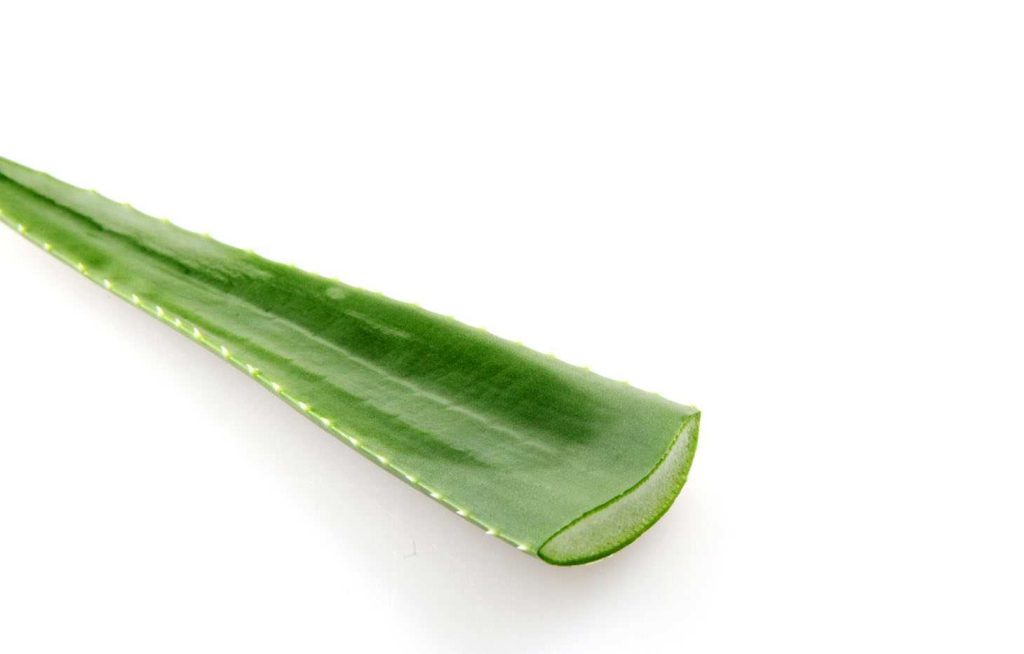
Harvesting aloe vera leaves is easy when you know the right steps. You’ll need to cut the leaves carefully, extract the gel, and store it properly for future use.
Cutting Leaves the Right Way
Pick a thick, mature leaf from the outer part of your aloe plant. Use clean, sharp scissors or a knife to make a clean cut close to the base. Cut at a 45-degree angle to minimize water pooling and promote healing.
Summer is the ideal time to harvest since aloe grows faster in warm weather. Only take what you need, don’t remove more than a third of the plant’s leaves at once.
After cutting, place the leaf upright in a cup. You’ll see yellow sap dripping out. This is normal. Let it drain for about 10 minutes, then rinse it off.
Extracting Aloe Vera Gel
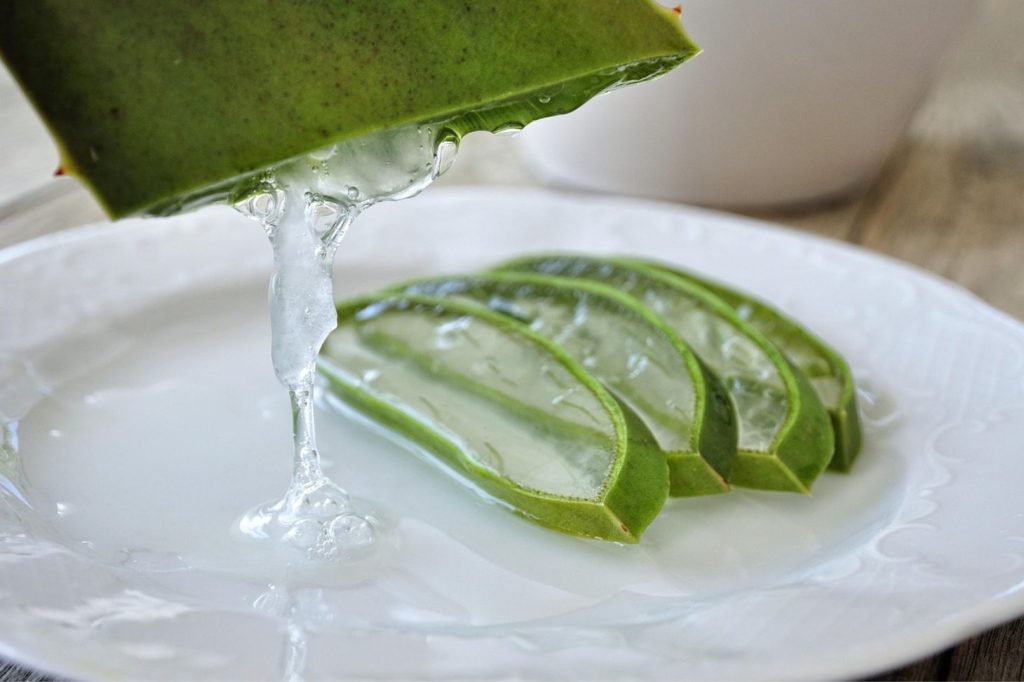
To get the gel, lay the leaf flat on a cutting board. Use a sharp knife to carefully remove the spiky edges. Next, slice off the top layer of green skin.
You’ll see the clear, jelly-like aloe vera gel inside. Scoop it out with a spoon or slide your knife under it to separate it from the bottom layer of skin.
Rinse the gel in cool water to remove any leftover yellow sap. This sap can irritate your skin, so it’s important to wash it off completely.
Storing Aloe Leaves and Gel
Fresh aloe leaves can last in the fridge for about a week. Wrap them in a damp paper towel and put them in a plastic bag before refrigerating.
For the gel, you have a few options. You can keep it in an airtight container in the fridge for up to a week. If you want it to last longer, try freezing it in ice cube trays.
Another option is to blend the gel with a bit of vitamin C or E to help preserve it. Pour the mixture into a clean jar and keep it in the fridge for up to 2 months.
Aloe Vera for Skin Care
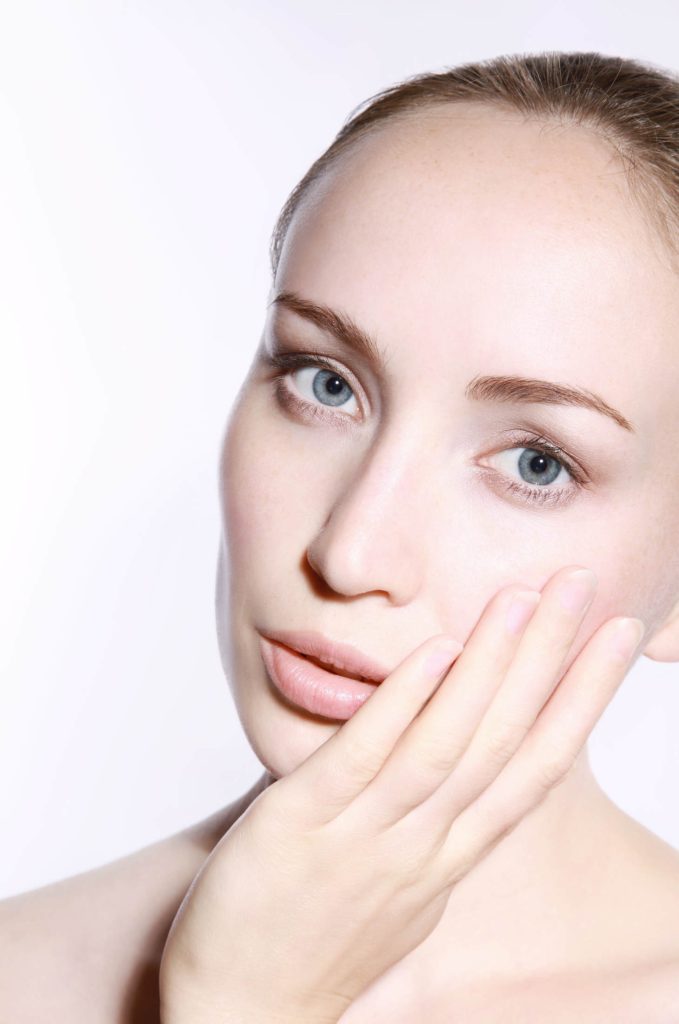
Aloe vera is a versatile plant that can help with many skin issues. It soothes and hydrates your skin while fighting bacteria.
Soothing Sunburn and Minor Burns
Aloe vera gel works great for sunburns and small burns. Cut open an aloe leaf and scoop out the clear gel inside. Gently rub it on the burned area. The gel will cool your skin and ease the pain. It also helps your skin heal faster.
For sunburns, apply aloe vera a few times a day. Keep using it until your skin feels better. You can also mix aloe gel with a bit of coconut oil for extra moisture.
If you don’t have a plant, buy pure aloe vera gel from a store. Look for products with few added ingredients.
Natural Remedies for Acne and Psoriasis
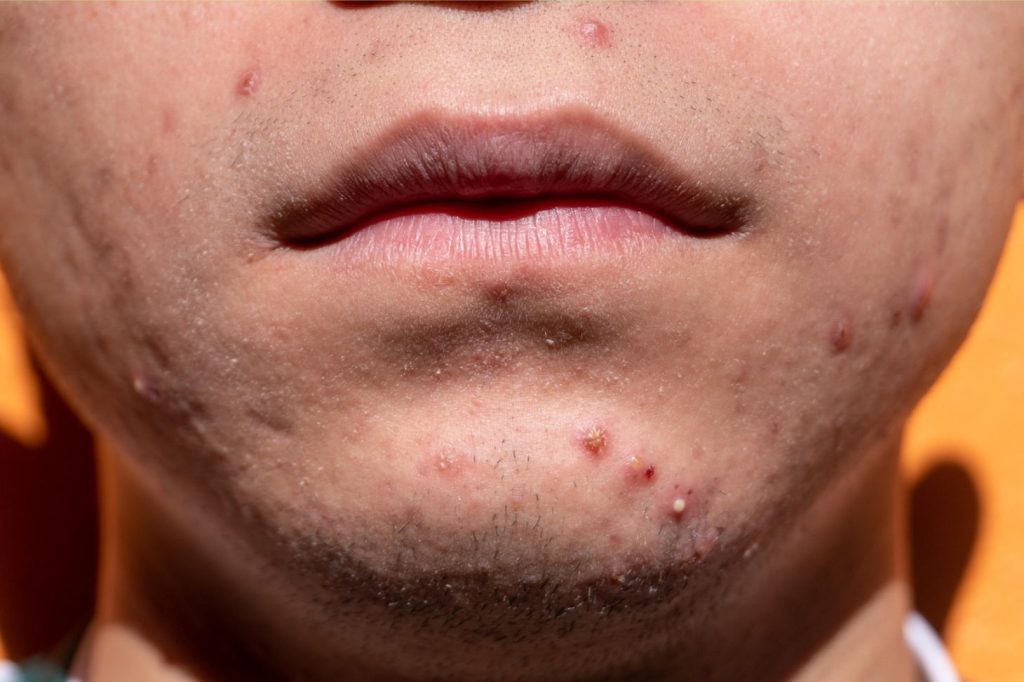
Aloe vera can help with acne and psoriasis too. Its natural acids gently clean your skin. They also kill bacteria that cause pimples.
For acne, dab a thin layer of aloe gel on spots before bed. Rinse it off in the morning. Do this daily to see results.
If you have psoriasis, aloe might reduce redness and scaling. Apply aloe gel to problem areas twice a day. Be patient – it may take a few weeks to see changes.
Always test aloe on a small patch of skin first. Stop using it if you get any bad reactions.
Daily Moisturizing Tips
Aloe vera makes a great daily face moisturizer. It’s light and won’t clog your pores. Here’s how to use it:
- Wash your face with a mild soap.
- Pat your skin dry.
- Apply a thin layer of aloe gel.
- Let it soak in for a few minutes.
- Put on sunscreen if going outside.
For dry skin, mix aloe with a drop of jojoba oil. This combo locks in moisture all day.
You can use aloe on your body too. It’s great for dry elbows, knees, and feet.
Homemade Aloe Face Masks
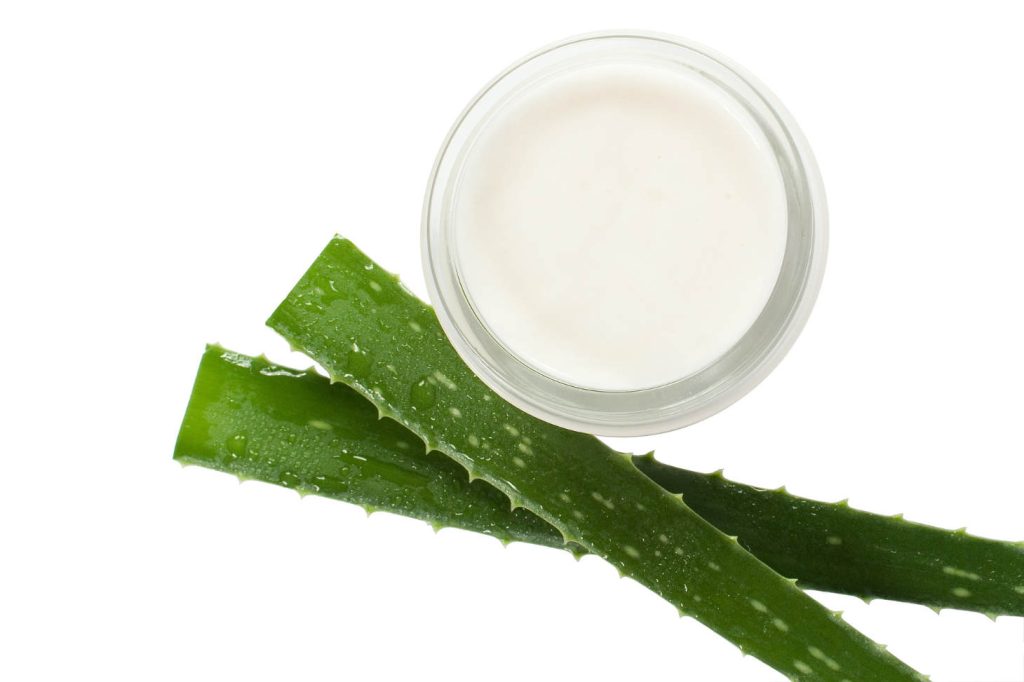
Aloe face masks are easy to make at home. They can help your skin look fresh and bright. Try these simple recipes:
Aloe and honey mask: Mix 1 tbsp aloe gel with 1 tbsp honey. Leave on for 15 minutes, then rinse.
Aloe and cucumber mask: Blend 2 tbsp aloe gel with 1/4 cucumber. Apply for 20 minutes before washing off.
Aloe and turmeric mask: Stir 1 tbsp aloe gel with 1 tsp turmeric powder for a mask. Use for 15-20 minutes, then remove.
Use these masks once or twice a week. Always do a patch test first to check for any bad reactions.
Aloe Vera in Health and Wellness
Aloe vera is a versatile plant with many uses for your health and wellness. You can use it both inside and outside your body to support digestion, freshen your breath, and care for your hair.
Ingesting Aloe for Digestion Support

Aloe vera juice may help with digestive issues. Some people drink it to ease constipation or help with irritable bowel syndrome. It might also soothe heartburn from acid reflux.
To try it:
- Mix 1-2 tablespoons of aloe juice in water or smoothies
- Drink it before meals
- Start with small amounts to see how your body reacts
Be careful not to drink too much. Large doses can cause diarrhea or cramps. Talk to your doctor before using aloe juice if you have health problems or take medications.
Aloe Vera as a Natural Mouthwash
You can use aloe as a natural mouthwash to freshen your breath and support oral health. It may help kill bacteria and reduce plaque.
To make aloe mouthwash:
- Mix 1/2 cup aloe vera juice with 1/2 cup water
- Add a drop of peppermint oil if you like
- Swish for 30 seconds and spit out
Use it once or twice a day after brushing. Don’t swallow the mixture. Stop if you notice any irritation.
Using Aloe for Scalp and Hair Health
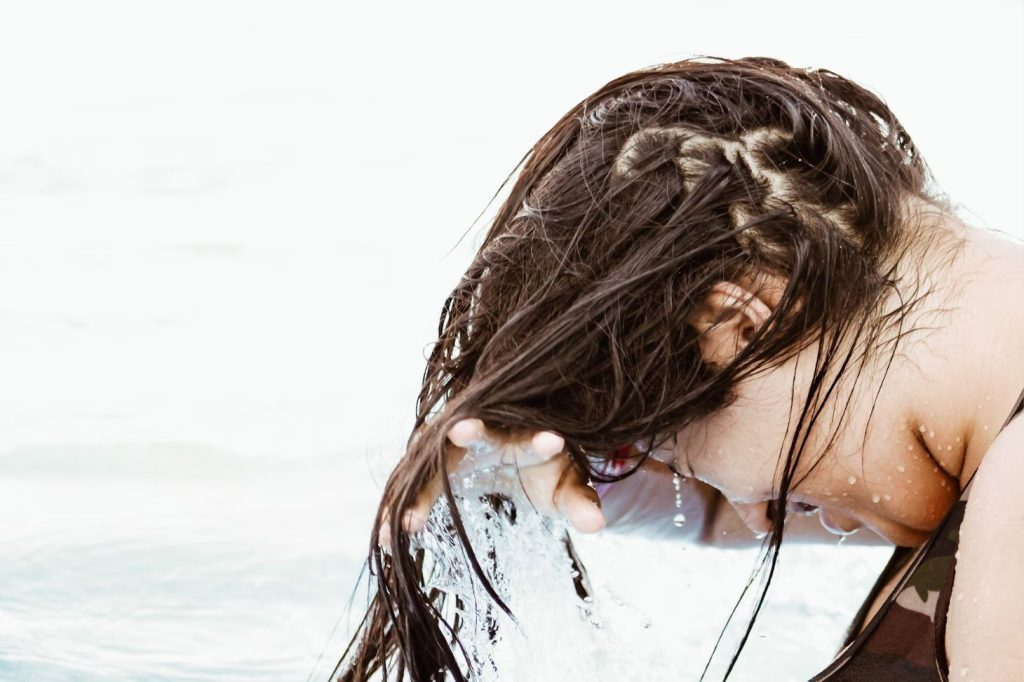
Aloe can nourish your scalp and hair. It may help with dryness, itching, and dandruff. Some people say it makes their hair shinier and stronger.
Try this aloe hair mask:
- Mix 2 tablespoons aloe gel with 1 tablespoon coconut oil
- Apply to your scalp and hair
- Let it sit for 30 minutes
- Rinse well and shampoo as usual
You can do this once a week. If it feels sticky, use less aloe next time. Stop if you notice any scalp irritation.
Benefits and Cautions of Aloe Use
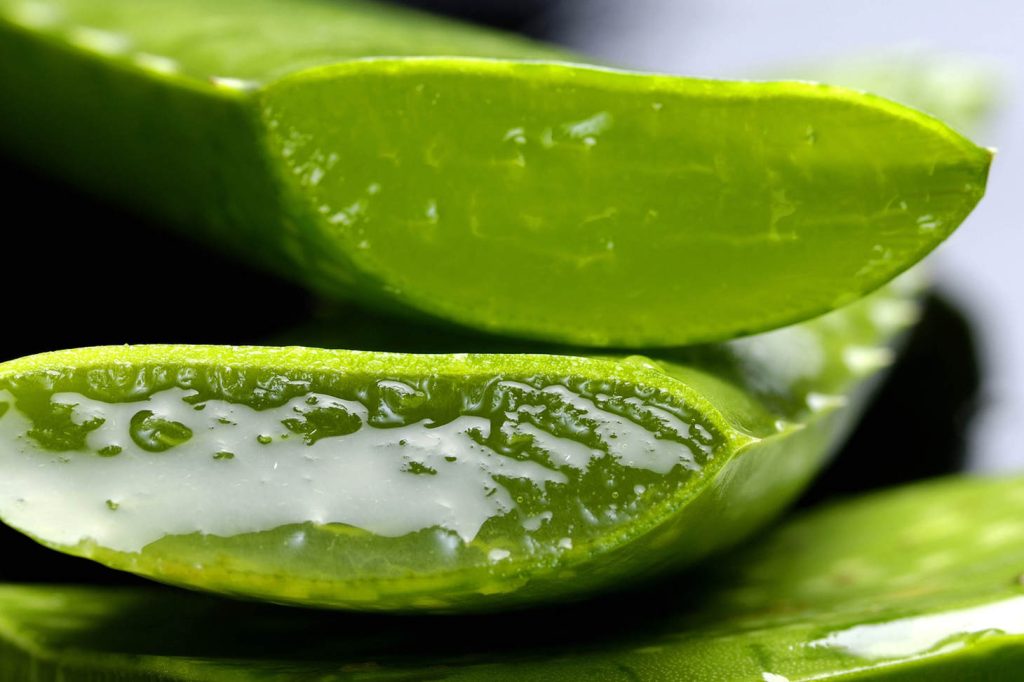
Aloe plants offer many health perks but also come with some risks. You should know about its helpful properties and possible downsides before using it.
Understanding the Anti-Inflammatory Properties
Aloe gel can help calm red, swollen skin. It’s great for burns, cuts, and rashes. The gel acts like a natural moisturizer too. It soothes and hydrates dry, itchy skin.
You can apply aloe right from the plant leaf. Just cut it open and scoop out the clear gel inside. Gently rub it on your skin for quick relief.
Aloe’s cooling effect works well on sunburns. It can ease the pain and may help your skin heal faster.
Recognizing the Medicinal Uses
Aloe isn’t just for your skin. It has other health benefits too. Some people use it to help with:
- Canker sores and cold sores
- Stomach troubles like IBS
- Blood sugar control for type 2 diabetes
You can drink aloe juice or take aloe supplements. But be careful – too much can cause tummy aches.
For mouth sores, try putting a dab of aloe gel right on the spot. It might speed up healing and lessen pain.
Considering Possible Side Effects
While aloe is often safe, it can cause problems for some people. Watch out for:
- Skin rashes or allergic reactions
- Stomach cramps or diarrhea if you eat or drink it
- Lower blood sugar levels (which can be risky if you’re diabetic)
Don’t use aloe if you’re pregnant or breastfeeding. It’s also not safe for kids under 12.
Talk to your doctor before trying aloe, especially if you take any medicines. Aloe might change how some drugs work in your body.
Aloe vera can be safe or harmful depending on how it’s used. The clear gel inside the leaves is generally safe for skincare or even in small amounts for drinking. But the yellowish layer just under the leaf’s skin, called aloe latex, contains compounds like aloin that can be toxic if consumed in large amounts.
Some studies even suggest that long-term use of products containing aloe latex might have harmful effects, including risks seen in animal studies. When you see products claiming to be made with “aloe juice,” they usually mean the purified gel, which is safe as long as the harmful latex is removed.
Always check labels and look for quality certifications to make sure you’re getting a safe product!
Frequently Asked Questions
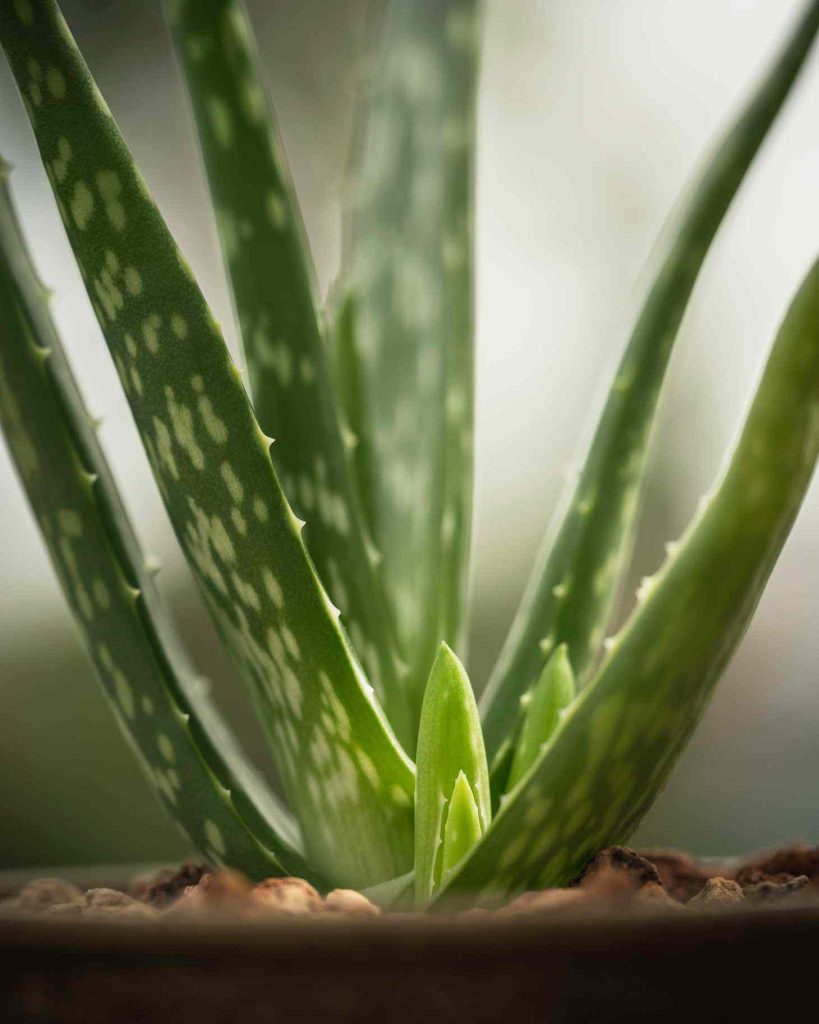
Aloe vera has many uses beyond soothing sunburns. You can apply it to your face, hair, and other body parts for various benefits. Here are some common questions about using aloe vera:
How do I apply aloe vera to my face for the best results?
Cut open an aloe leaf and scoop out the clear gel. Gently massage a thin layer onto clean skin. Leave it on for 10-15 minutes, then rinse with cool water. Use 2-3 times a week for best results.
For acne-prone skin, mix aloe gel with a few drops of tea tree oil before applying. This can help fight breakouts.
What ailments can aloe vera help alleviate?
Aloe vera can help with minor burns, cuts, and scrapes. It may also ease sunburn pain and help moisturize dry skin.
Some people use it to soothe insect bites or minor skin irritations. Drinking aloe juice might help with digestive issues like heartburn.
What’s the right way to use aloe vera for treating burns?
For minor burns, apply a thick layer of pure aloe gel to the area. Reapply several times a day as needed.
Make sure the burn is cleaned gently first. Don’t use aloe on severe burns. See a doctor for those.
What are some awesome ways to use aloe vera that I might not know about?
Mix aloe gel with coconut oil for a natural makeup remover. You can also use it as a shaving gel or aftershave.
Try adding aloe to homemade face masks or mixing it with your favorite lotion. Some people even use it as a natural lube!
Can aloe vera give my hair some love? How do I use it?
Yes! Mix aloe gel with your regular shampoo or conditioner. Or make a hair mask by blending aloe with coconut oil and honey.
Apply pure aloe gel to your scalp to help with dandruff. Leave it on for 30 minutes before rinsing.
What’s the scoop on using aloe vera for easing inflammation?
Aloe has natural anti-inflammatory properties. Apply the gel to sore muscles or joints for relief.
You can also drink aloe juice to help with internal inflammation. Start with small amounts and increase slowly to avoid digestive upset.

